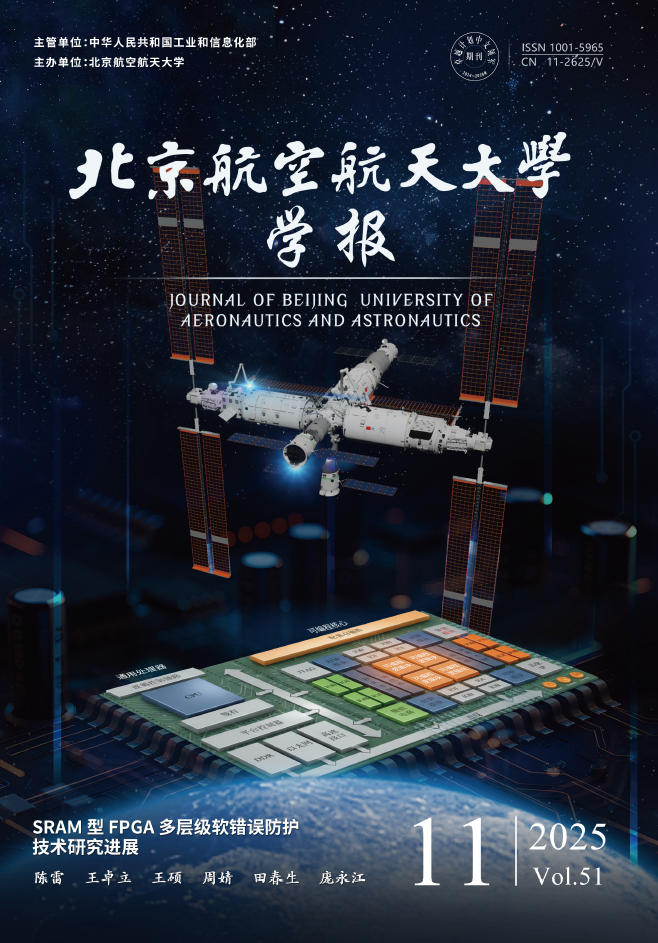2010 Vol. 36, No. 4
2010, 36(4): 415-419.
Abstract:
2010, 36(4): 434-437.
Abstract:
2010, 36(4): 438-442.
Abstract:
2010, 36(4): 490-494.
Abstract:
2010, 36(4): 500-503.
Abstract:







 XML Online Production Platform
XML Online Production Platform

